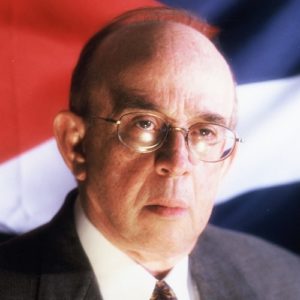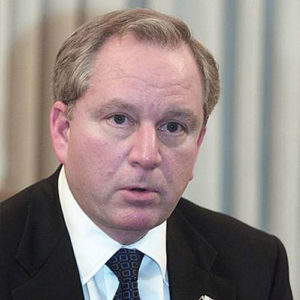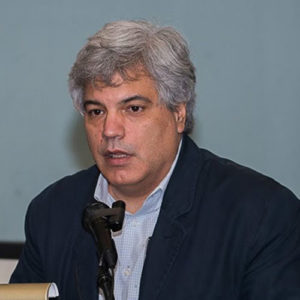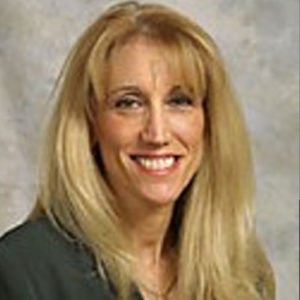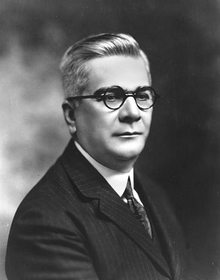 Gerardo Machado y Morales (1871-1939). President of Cuba, 1925-1933. Bon in Santa Clara, September 28, he spent his childhood at the family cattle estate, attended private schools and in his early 20s engaged in growing and selling tobacco. His father fought for the rebels in the Ten Year’s War, becoming a major, and Gerardo joined them in the Independence War of 1895-1898, becoming a brigadier general. Afterwards he turned to politics. He became alcalde of Santa Clara and was made President Gomez’ inspector general of the armed forces and then his interior minister. Soon afterwards he engaged in farming and business, and, together with American capitalists, invested in public utilities. Having grown wealthy, he returned to politics in the early 1920s. He won control of the Partido Liberal, and, with his slogan “water, roads and schools,” won the election of 1924. His first administration coincided with a period of prosperity. Sugar production expanded, and America provided a close and ready market. He embarked on an ambitious public works program, including the Carretera Central, the National Capitol, the enlarging of the University of Havana and the expansion of health care facilities. He also sponsored a tariff reform bill in 1927 proving protection to some branches of manufacturing industry.
Gerardo Machado y Morales (1871-1939). President of Cuba, 1925-1933. Bon in Santa Clara, September 28, he spent his childhood at the family cattle estate, attended private schools and in his early 20s engaged in growing and selling tobacco. His father fought for the rebels in the Ten Year’s War, becoming a major, and Gerardo joined them in the Independence War of 1895-1898, becoming a brigadier general. Afterwards he turned to politics. He became alcalde of Santa Clara and was made President Gomez’ inspector general of the armed forces and then his interior minister. Soon afterwards he engaged in farming and business, and, together with American capitalists, invested in public utilities. Having grown wealthy, he returned to politics in the early 1920s. He won control of the Partido Liberal, and, with his slogan “water, roads and schools,” won the election of 1924. His first administration coincided with a period of prosperity. Sugar production expanded, and America provided a close and ready market. He embarked on an ambitious public works program, including the Carretera Central, the National Capitol, the enlarging of the University of Havana and the expansion of health care facilities. He also sponsored a tariff reform bill in 1927 proving protection to some branches of manufacturing industry.
But Cuba’s dependence on sugar continued, and American influence and investments increased. Machado claimed that he alone could carry out his economic program and that, to do so, he needed six more years. Controlling the Partido Conservador and the smaller Partido Popular (united in the Liga Nacional), the congress and the judiciary, he was able to prevent the growth of formal opposition and convoke the Constitutional Convention of 1928 which permitted his reelection that November with virtually no opposition, to an extended presidential term.
But his administration soon faced the problems of the Depression of the 1930s. Led principally by university students, many Cubans began organized opposition to the regime. Machado replied with increasing repression. Ex-President Menocal’s “Revolution of 1931” was quickly crushed. In 1932 the underground ABC organization tried to assassinate Machado. Terror and bombings became widespread. U.S. President Franklin Roosevelt sent envoy Sumner Welles. “La Mediación” failed, but a general strike and the defection of the armed forces (the beginning of the Revolution of 1933) persuaded Machado to flee the country on August 12, 1933. He settled in Florida and died in Miami Beach in 1939.
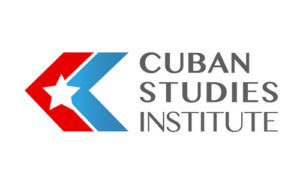
Thanks to Cuba, Russia is a growing threat to the U.S.
*By Jaime Suchlicki The recent visit to Cuba and the Caribbean by a contingent of Russian naval war vessels and submarines indicates

